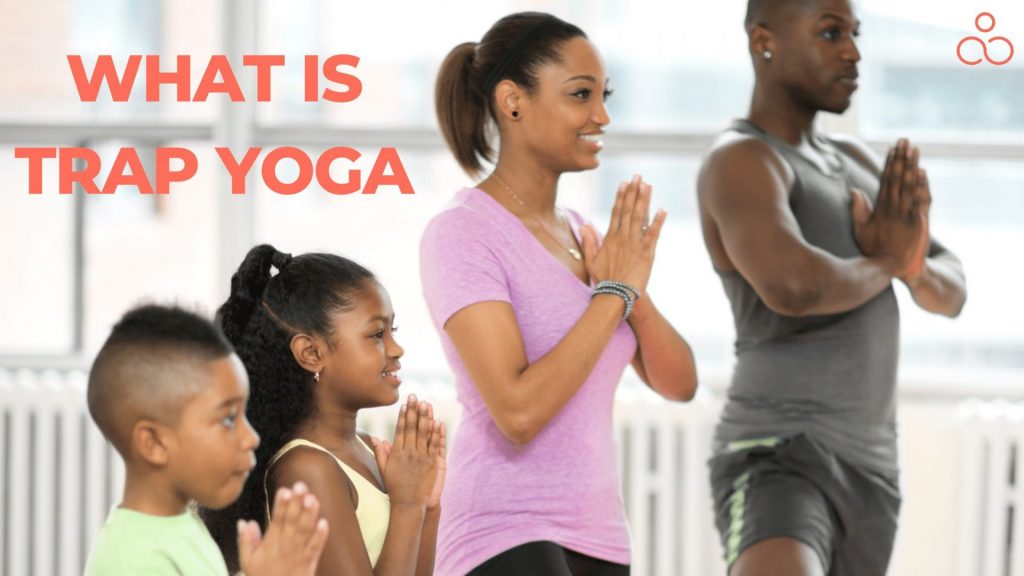Are you ready to break the mold and groove your way through your yoga practice? Get ready for Trap Yoga, the ultimate fusion of ancient wisdom and modern beats. Picture traditional yoga poses infused with the infectious rhythm and bass of trap music. But what is Trap Yoga?
It’s a dynamic experience that combines movement, meditation, and self-expression, transforming your yoga journey into a high-energy celebration. So, grab your mat, turn up the volume, and let’s explore the vibrant world of Trap Yoga together.
What is Trap Yoga?
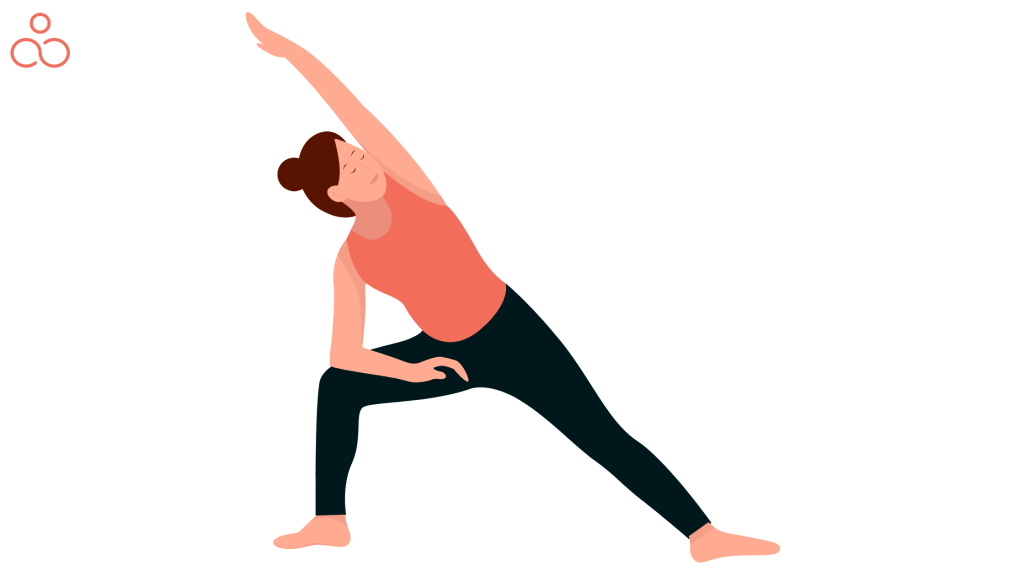
Trap Yoga is a unique and innovative fusion that blends the ancient practice of yoga with the energetic beats of trap music. It creates an environment where participants can explore self-expression, release inhibitions, and find balance through movement and mindfulness. By incorporating trap music into yoga classes, Trap Yoga creates a unique space where practitioners can immerse themselves in the music’s infectious rhythm, embrace their individuality, and experience a powerful mind-body connection. It promotes physical fitness, mental focus, and emotional release, all while celebrating diversity, inclusivity, and personal expression.
Trap Yoga’s origins can be traced back to the entrepreneurial spirit and creative vision of yoga instructor and entrepreneur Brandon Copeland, who introduced the practice in 2016. Copeland sought to challenge the conventional notions of yoga by infusing it with the dynamic energy and raw authenticity of trap music.
Since its inception, Trap Yoga has gained popularity worldwide, attracting individuals who resonate with its fusion of tradition and contemporary culture, making yoga a vibrant and dynamic practice for all.
How Yoga and music are combined in Trap Yoga?
Trap Yoga combines yoga and trap music by integrating the elements of both practices, creating a unique and immersive experience for participants. Here are some points explaining how Trap Yoga combines yoga and trap music:
- Yoga Poses: Traditional yoga poses, such as downward dog, warrior poses, and sun salutations, are incorporated into Trap Yoga classes. Participants flow through these poses, synchronizing their movements with the beat of trap music.
- Music Selection: Trap music, a subgenre of hip-hop, known for its heavy bass, rapid beats, and catchy melodies, is played throughout the class. The music is carefully selected to create an energetic and vibrant atmosphere.
- Tempo and Rhythm: The tempo and rhythm of trap music influence the pace of the yoga practice. Participants move through the poses in sync with the music, adding an element of fluidity and dynamism to the traditional yoga practice.
- Energy and Vibes: Trap music’s energetic and upbeat nature adds a lively and motivating element to the yoga session. It helps create a vibrant ambiance, encouraging participants to engage fully and express themselves through movement.
- Self-Expression: Trap Yoga encourages participants to embrace their individuality and express themselves freely during the practice. The empowering and authentic nature of trap music complements this aspect, allowing participants to let go of inhibitions and connect with their inner selves.
- Mindfulness and Meditation: While trap music brings energy and excitement, Trap Yoga also incorporates moments of stillness, mindfulness, and meditation. Participants are guided to find moments of calm and introspection amidst the energetic beats, creating a balance between movement and stillness.
By combining the physical and meditative aspects of yoga with the energetic and rhythmic beats of trap music, Trap Yoga provides a unique and dynamic experience that promotes self-expression, mindfulness, and overall well-being.
Benefits of Trap Yoga
Trap Yoga offers a range of benefits that encompass physical, mental, and emotional well-being. By combining the elements of traditional yoga with the energetic beats of trap music, it creates a unique and transformative experience. Here are some benefits of Trap Yoga:
- Increased Strength and Flexibility: Trap Yoga incorporates traditional yoga poses that promote strength, flexibility, and balance. The dynamic movements and holds performed to the rhythm of trap music help to build muscle strength and enhance overall flexibility.
- Cardiovascular Fitness: The fast-paced nature of Trap Yoga, combined with the energetic beats of trap music, elevates the heart rate and provides a cardiovascular workout. It can improve endurance and contribute to overall cardiovascular health.
- Stress Reduction: Engaging in Trap Yoga allows practitioners to release stress and tension through movement, deep breathing, and mindfulness. The uplifting energy of trap music can help shift the focus away from daily worries and promote a sense of relaxation and calm.
- Improved Focus and Concentration: The combination of movement, music, and mindfulness in Trap Yoga helps to improve mental focus and concentration. Practitioners are encouraged to be present in the moment, enhancing their ability to concentrate and increasing mindfulness.
- Self-Expression and Empowerment: Trap Yoga provides a space for self-expression and self-empowerment. The energetic beats and lyrics of trap music encourage participants to let go of inhibitions, embrace their individuality, and express themselves freely through movement.
- Mind-Body Connection: Trap Yoga promotes a strong mind-body connection. The synchronization of movement with the rhythm of trap music enhances the awareness of the body and cultivates a deeper connection between the physical and mental aspects of one’s being.
- Community and Inclusivity: Trap Yoga classes often foster a sense of community and inclusivity, welcoming practitioners from all backgrounds and fitness levels. It creates a supportive environment where individuals can connect, share experiences, and build relationships.
- Increased Energy and Motivation: The high-energy beats and infectious rhythm of trap music provide a boost of energy and motivation during Trap Yoga sessions. It can invigorate and uplift the mood, leaving participants feeling energized and inspired.
5 Best Trap Yoga Poses
Ready to groove your way through some of the best trap yoga poses? Here are a few dynamic and energizing postures that perfectly complement the vibrant practice of trap yoga:
- Chair Pose (Utkatasana): The hips are opened, the core is strengthened, and stability is built in this pose. Begin in mountain pose, then, keeping your feet together and your arms overhead, bend your knees and sit back into a squat. Hold for five breaths and then let go.
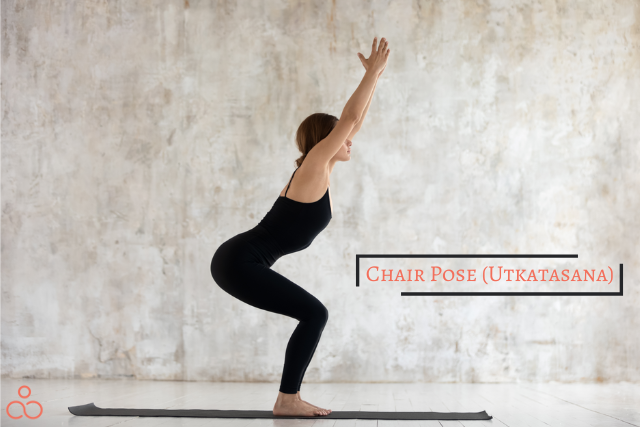
- Warrior I (Virabhadrasana I) : Your legs and hips will become stronger as a result of this stance. Start in mountain position, then take a step back with your back foot and lunge forward, bringing your back knee all the way down to the floor. Raise your arms towards the sky while maintaining a 90-degree bend in your front knee. After holding for five breaths, switch sides.
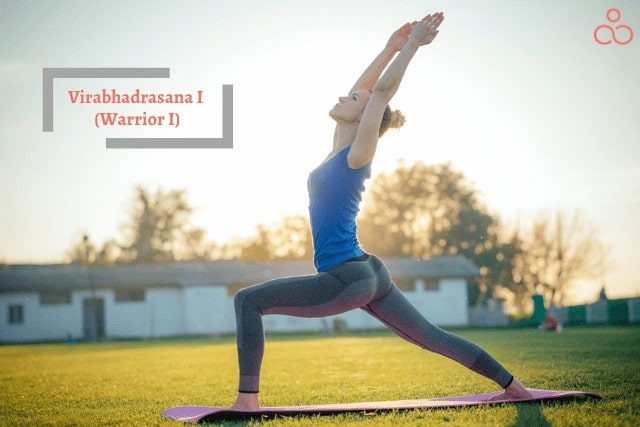
- Triangle Pose (Trikonasana): The hips, hamstrings, and shoulders are stretched in this position. Start in warrior I, straighten your front leg, and extend both of your arms downward towards the floor. Keep your hips squared to the front of the room and raise your arms to shoulder height or higher. Hold for five breaths and then let go.
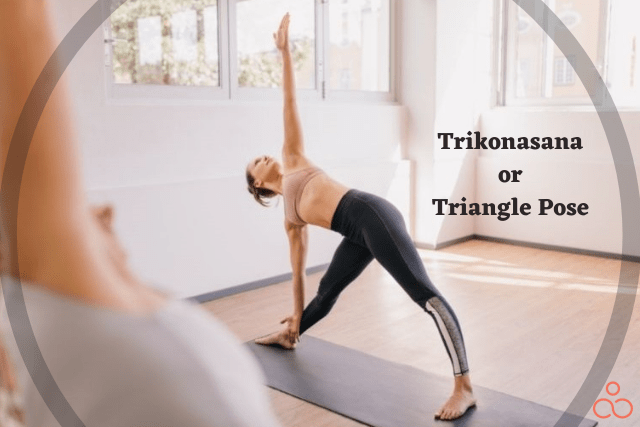
- Bridge Pose (Setu Bandhasana): This position strengthens the legs and core while opening the chest. Starting on your back, push your hips off the ground while pressing into your feet. Reach underneath you and, if you can, interlace your arms. Hold for five breaths and then let go.
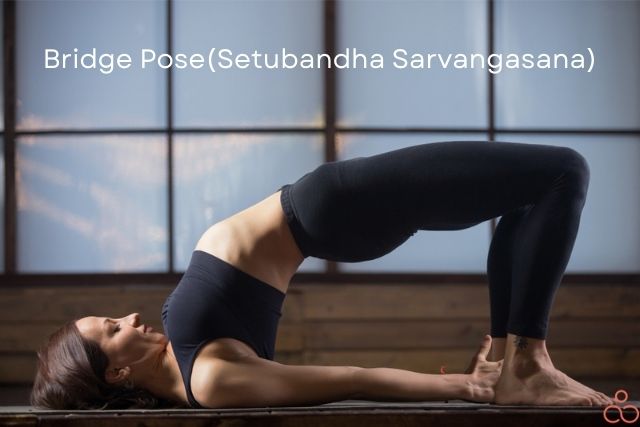
- Warrior III (Virabhadrasana III): You can strengthen your legs and core while improving your balance in this stance. Start in mountain pose, then shift your weight to one leg while lifting the other leg up behind you and straightening it out in front of your torso. Maintaining your arms parallel to the ground, extend your arms out in front of you. After holding for five breaths, switch sides.
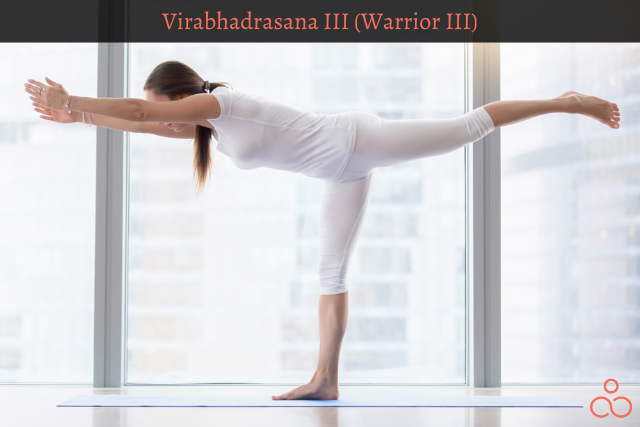
A Trap yoga practice consists of many different positions, not just these five. You can add more yoga postures as you get more accustomed to the routine to up the effort and challenge yourself even more!
The Role of Music in Trap Yoga
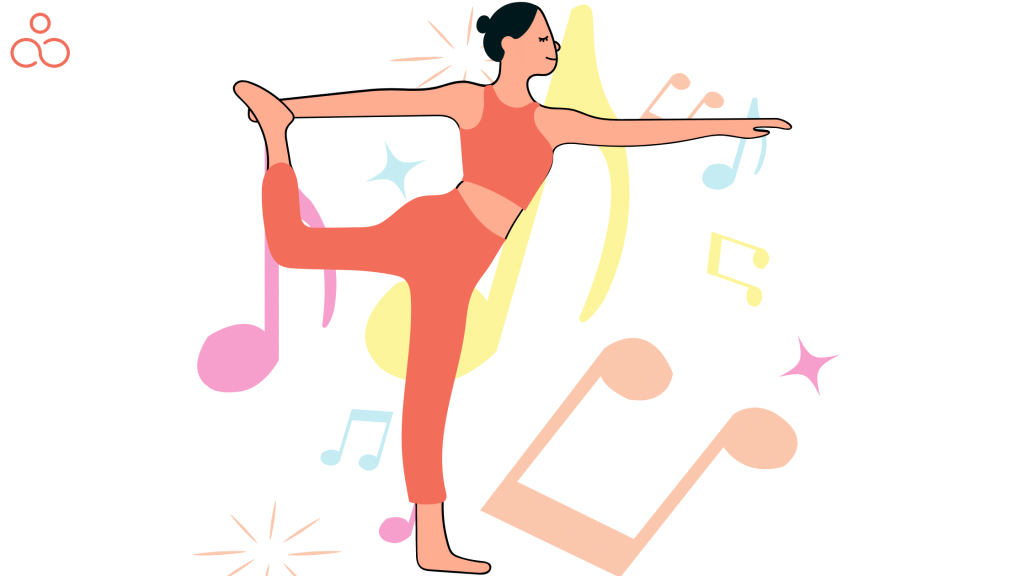
Music plays a pivotal role in the practice of trap yoga, shaping the experience and enhancing the mind-body connection. Here are key aspects that highlight the significance of music in trap yoga:
- Energy and Atmosphere: Trap music’s energetic beats, heavy basslines, and catchy melodies create an atmosphere of vibrancy, excitement, and engagement. The music sets the tone for the practice, infusing it with a dynamic and lively energy that motivates participants and cultivates a sense of enthusiasm.
- Movement and Flow: The rhythmic structure of trap music influences the pace and flow of the yoga practice. Participants synchronize their movements with the beat, creating a fluid and harmonious connection between the music and their physical postures. The music guides and supports the transitions, allowing for a seamless flow from one pose to another.
- Emotional Release and Expression: Trap music often carries a raw, authentic quality that resonates with emotions and encourages self-expression. In trap yoga, the music provides an outlet for participants to release emotions, let go of inhibitions, and express themselves freely through movement. It allows practitioners to connect with their inner selves, explore their individuality, and find liberation within the practice.
- Mind-Body Connection: The combination of trap music and yoga postures deepens the mind-body connection. The rhythmic patterns of the music synchronize with the breath and movements, helping practitioners to stay present and focused. This synchronization amplifies the awareness of the body, promoting a heightened sense of embodiment and facilitating a deeper connection between the physical and mental aspects of the practice.
- Motivation and Inspiration: The energetic and uplifting nature of trap music can boost motivation and inspiration during the yoga session. The infectious beats and catchy melodies create a positive and empowering environment, igniting a sense of enthusiasm that encourages participants to push their boundaries and fully engage in the practice.
It is important to note that while music plays a significant role in trap yoga, it should complement and enhance the practice without overpowering or distracting from the mindfulness and meditative aspects. The selection of appropriate trap music tracks, with attention to their energy level and lyrics, contributes to creating a holistic and immersive trap yoga experience.
Traditional Yoga vs Trap Yoga
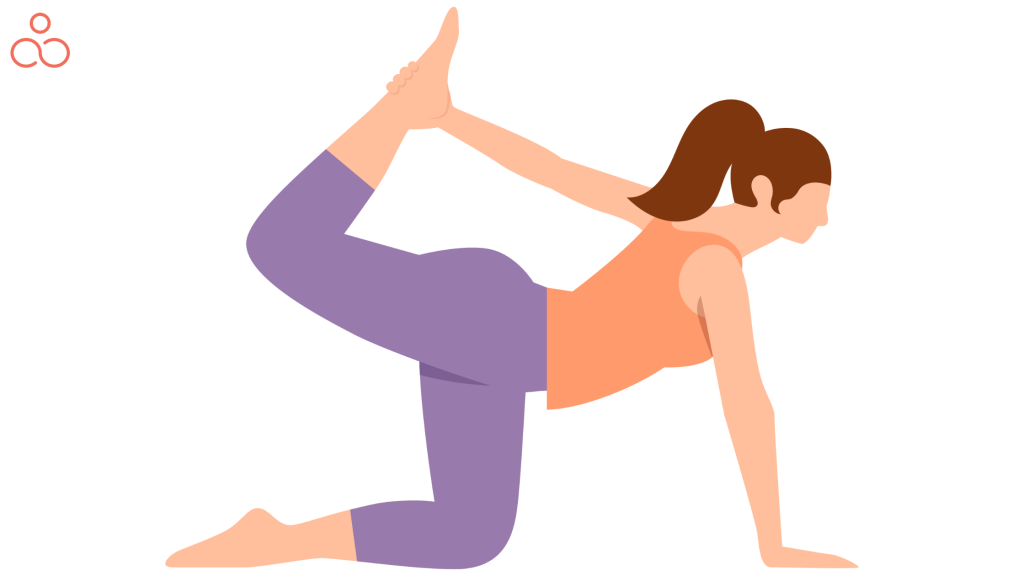
Are you curious about the differences between traditional yoga and the innovative practice of trap yoga? Here’s a comparative table that highlights key parameters to help you understand the contrast between the two:
| Parameters | Traditional Yoga | Trap Yoga |
| Music | Traditional yoga often incorporates calming or meditative music, or no music at all. | Trap yoga embraces the energetic beats and rhythms of trap music to create an engaging atmosphere. |
| Energy | Traditional yoga emphasizes serenity and peacefulness, aiming to cultivate a sense of inner calm. | Trap yoga, on the other hand, is vibrant, lively, and dynamic, promoting a more energetic experience. |
| Focus | Traditional yoga focuses on mindfulness, cultivating inner peace, and quieting the mind. | Trap yoga places a stronger emphasis on self-expression and empowerment, allowing individuals to authentically express themselves. |
| Sequences | Traditional yoga typically follows established sequences and styles (e.g., Hatha, Vinyasa, Ashtanga) | Trap yoga modifies traditional sequences, adding creative variations and unique flows. |
| Inclusivity | Generally inclusive | Emphasizes diversity and inclusivity |
| Target audience | Traditional yoga appeals to a wide range of individuals seeking physical, mental, and spiritual well-being. | Trap yoga attracts a younger and more diverse population, engaging those who resonate with the fusion of yoga and contemporary culture. |
| Movement | Traditional yoga involves slow and deliberate movements, often holding poses for an extended period. | Trap yoga incorporates dynamic and fluid transitions between poses, creating a more flowing practice. |
7 tips on how to get prepared for Trap Yoga
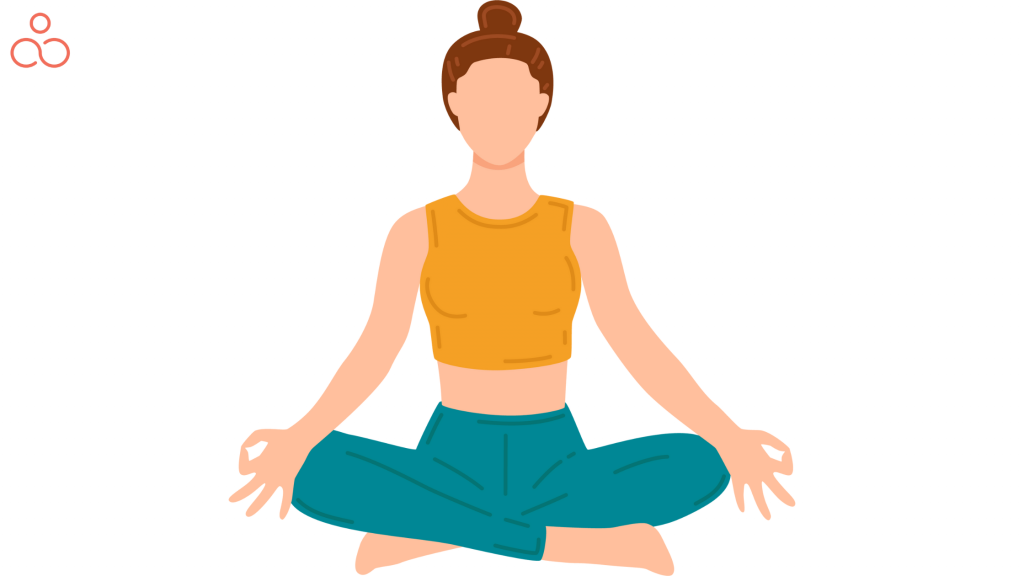
Getting prepared for a trap yoga session involves more than just grabbing a yoga mat. Here are seven tips to help you get ready and make the most of your trap yoga experience:
- Familiarize Yourself with Trap Music: Take some time to listen to trap music before your session. Get familiar with the beats, tempo, and energy of the genre. This will help you connect with the music during the practice.
- Dress Comfortably: Wear clothing that allows you to move freely and comfortably. Opt for breathable fabrics that provide flexibility and support. Consider wearing layers, as trap yoga can be an energetic and dynamic practice.
- Hydrate: Drink plenty of water before and during your trap yoga session. Hydration is essential for optimal performance and to replenish fluids lost through sweating.
- Warm-Up: Prior to starting the trap yoga class, warm up your body with some gentle stretches or a short cardio workout. This will prepare your muscles and increase your flexibility, reducing the risk of injury.
- Open Mindset: Approach trap yoga with an open mind and a willingness to embrace the unique combination of yoga and trap music. Release any preconceived notions and allow yourself to fully engage in the experience.
- Modify as Needed: Listen to your body and modify poses as necessary. Trap yoga can be physically demanding, so honor your limits and take breaks when needed. Communicate with the instructor if you require any modifications or have specific concerns.
- Embrace Self-Expression: Trap yoga encourages self-expression and individuality. Let go of any self-consciousness and allow yourself to express freely through movement and dance. Embrace the opportunity to let your inner light shine.
By following these tips, you can prepare yourself physically and mentally for a fulfilling and energizing trap yoga practice. Remember to approach the session with an open mind, connect with the music, and most importantly, have fun!
FAQs
What is Trap Yoga?
Trap yoga is a modern fusion of traditional yoga and trap music, combining the physical and meditative aspects of yoga with the energetic beats and rhythms of trap music. It offers a dynamic and engaging practice that encourages self-expression, empowerment, and a strong mind-body connection.
How is Trap Yoga different from traditional Yoga?
Trap yoga differs from traditional yoga in terms of the music, energy, and atmosphere. Traditional yoga often incorporates calming or meditative music, while trap yoga embraces energetic trap music beats. Trap yoga also has a more vibrant and lively energy compared to the serene and peaceful ambiance of traditional yoga.
Is Trap Yoga suitable for beginners?
Yes, trap yoga can be suitable for beginners. It provides modifications and variations for different skill levels, allowing practitioners to start at their own pace and gradually build their practice. It’s important to find a qualified trap yoga instructor who can guide and support beginners through the practice.
What are the benefits of Trap Yoga?
Trap yoga offers various benefits, including increased strength and flexibility, improved body awareness, stress relief, and enhanced self-expression. It combines physical fitness with the uplifting and empowering qualities of trap music, providing a unique and engaging experience.
Can I participate in Trap Yoga if I’m not familiar with Trap music?
Absolutely! Familiarity with trap music is not a prerequisite to participate in trap yoga. The instructor will guide you through the practice, and the music will help create an energetic and engaging atmosphere, regardless of your previous exposure to trap music.
What should I wear to a Trap Yoga class?
It’s best to wear comfortable, stretchy clothing that allows you to move freely. Opt for breathable fabrics and consider layering, as trap yoga can be an energetic practice. Choose attire that makes you feel confident and allows for unrestricted movement.
Do I need to be flexible to do Trap Yoga?
No, you don’t need to be flexible to practice trap yoga. Flexibility can improve over time with consistent practice. Trap yoga is accessible to all levels and focuses on embracing individuality and personal growth rather than solely achieving advanced poses.
Can I expect a traditional Yoga experience during Trap Yoga?
While trap yoga incorporates elements of traditional yoga, it offers a unique and distinct experience due to the presence of trap music and its energetic nature. Trap yoga aims to blend the physical, mental, and emotional benefits of yoga with the expressive and empowering qualities of trap music, resulting in a dynamic and transformative practice.
Conclusion
So, what is trap yoga? It’s a powerful fusion of traditional yoga and infectious trap music. This dynamic practice breaks the boundaries of conventional yoga, inviting you to move, groove, and express yourself. With its energetic beats and empowering vibes, trap yoga cultivates a unique mind-body connection, fostering liberation and self-expression.
Get ready to unleash your inner yogi and experience the vibrant world of trap yoga!

